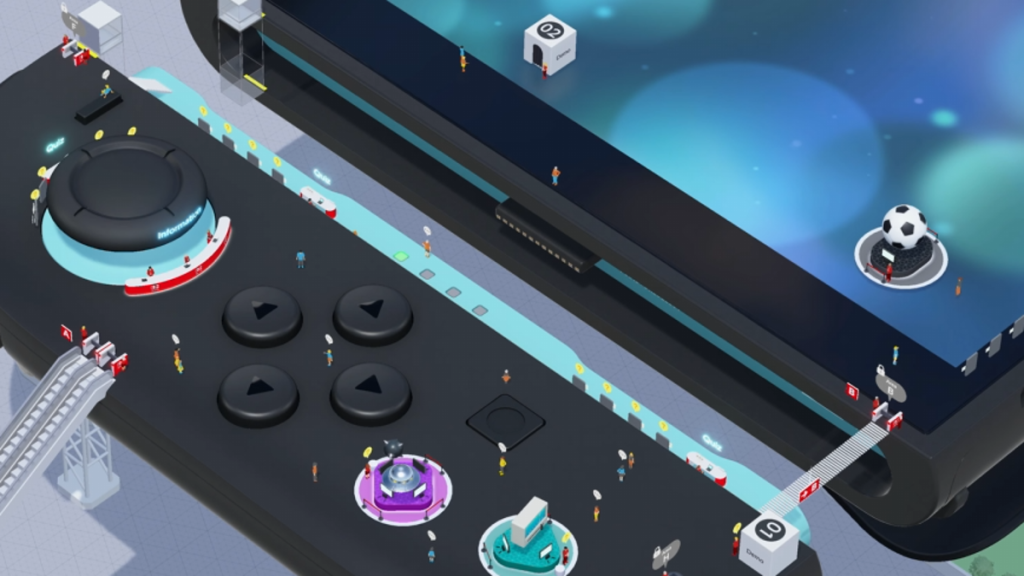Nintendo is gearing up for the release of the Switch 2, and while details about its internal specifications have been somewhat scarce, Nvidia has provided meaningful insights into the console’s capabilities. The company has outlined enhanced graphics features that will significantly elevate gaming experiences.
Hardware Specifications
The Switch 2 is powered by a custom Nvidia processor, which includes a dedicated graphics processing unit (GPU) featuring RT Cores and Tensor Cores. This hardware is designed to offer advanced visuals and AI-driven enhancements. According to Nvidia, the graphical performance of the Switch 2 is expected to be “10 times” greater than that of the original model released in 2017.
Performance Features
One of the standout capabilities of the Switch 2 includes support for 4K gaming in TV mode and the potential to achieve up to 120 frames per second at 1080p when used in handheld mode. Both the LCD screen and the TV mode will support high dynamic range (HDR) visuals. Nvidia’s Deep Learning Super Sampling (DLSS) technology will also be incorporated, allowing the console to enhance image quality without sacrificing frame rates, a feature that has become instrumental in high-end PC gaming.
Additional Gaming Enhancements
The Switch 2 will additionally support ray tracing, a graphical feature that enhances realism in games through advanced light simulation. Another improvement is the inclusion of Nvidia G-Sync technology, which will provide a variable refresh rate in handheld mode, resulting in smoother gameplay and improved performance. The efficiency of the GPU’s tensor cores promises to keep power consumption manageable, although specific details on this efficiency remain unclear.
Considerations
Despite these advancements, recent reports have indicated that the battery life of the Switch 2 may be less favorable than that of its predecessor, particularly at lower performance settings. As the console nears its release, the practical implementation of these features will become clearer, especially once developers begin to work with the hardware and enthusiasts conduct detailed teardowns.

